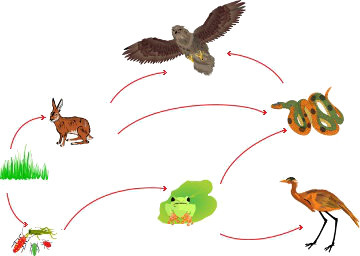O nervous tissue is formed by two main groups of cells: the neurons and the glial cells or neuroglial cells. Neurons, also called nerve cells, are the best known types and their main function is the transmission of the nervous impulse.
Neurons are formed by extensions and a cell body, also known as a pericary. It is in the cell body that genetic information is located in a large nucleus and where the extensions depart. At the Central Nervous System (CNS), this part of the neuron is located in the gray matter, while in the Peripheral Nervous System (PNS) it is located in the ganglia and sense organs.
Extensions can be of two types: dendrites and the axon. You dendrites they are shorter extensions, when compared to the axon, and are quite branched and numerous. They are related to the function of receiving stimuli (afferent termination).
Do not stop now... There's more after the advertising ;)
already the axons they are usually single, with branches usually at their tip. This extension can reach up to 1 meter in length and is related to the transmission of the nerve impulse (efferent extension). In most cases, this structure is surrounded by a
myelin sheath, which is formed by oligodendrocytes or Schwann cells. This structure is not continuous throughout the axon, occurring areas without myelin, which are called ranvier's nodule.Between the final portion of the axon and the surface of another cell, we find small places called the synapse. It is in the synapses that substances (neurotransmitters) are released that allow the transmission of the nervous impulse from one cell to another.
Mind Map: Neurons

*To download the mind map in PDF, Click here!
Neurons can be classified into four basic types, taking into account their shape:
- multipolar neurons - They have more than two cell extensions. Most neurons in our body are classified as this type.
- bipolar neurons - They have only one dendrite and one axon.
- Pseudounipolar Neurons - They have only one extension that starts from the cell body, later dividing into two. One of the branches assumes the role of dendrite and the other an axon.
- Unipolar neurons - They have only one axon.

Note the classification of neurons according to their shape
When we take into account their function, neurons can be divided into:
- Sensitive or afferent - They receive stimuli produced outside the body and internally.
- Motors or efferents - They conduct nerve impulses to glands, smooth and striated muscles.
- Interneurons – Are those that connect one neuron to another, being found in the CNS.
By Ma. Vanessa dos Santos
Would you like to reference this text in a school or academic work? Look:
SANTOS, Vanessa Sardinha dos. "Neurons"; Brazil School. Available in: https://brasilescola.uol.com.br/biologia/neuronios.htm. Accessed on June 27, 2021.



